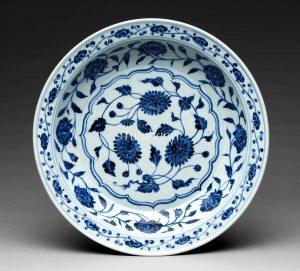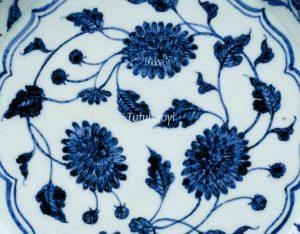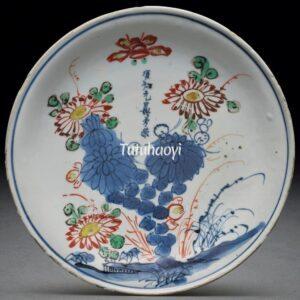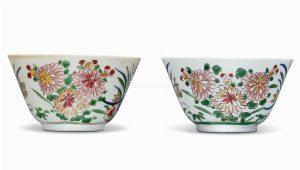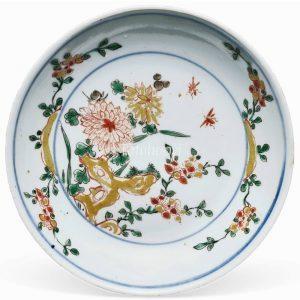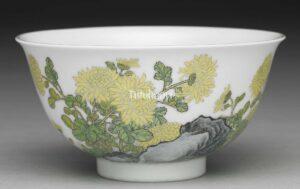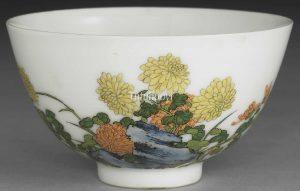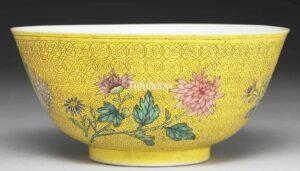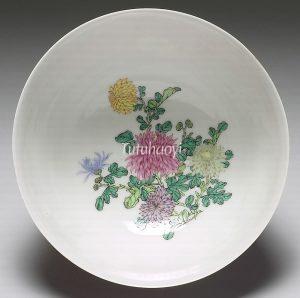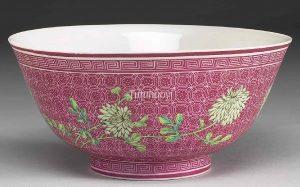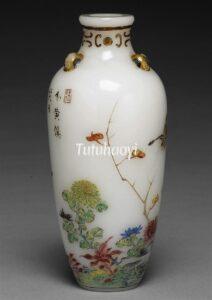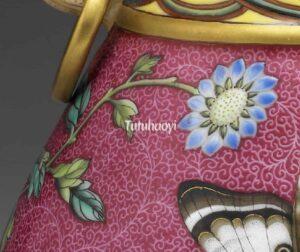Chrysanthemum
菊花
© Tutuhaoyi.com owns the copyright of the description content for the images attached. Quoting all or part of the description content on this page is permitted ONLY IF ‘Tutuhaoyi.com’ is clearly acknowledged anywhere your quote is produced unless stated otherwise. (本页描述内容版权归Tutuhaoyi.com所有,转发或引用需注明 “Tutuhaoyi.com”, 侵权必究, 已注开源信息的条目除外。)
Chrysanthemum (Chrysanthemum morifolium, 菊花 júhuā) joins the esteemed ranks of plum blossom, orchid, and bamboo as one of the ‘Four Gentlemen of Flowers’ – 四君子花 (sì jūnzǐ huā) in China. Just like peonies, chrysanthemums find their place in ancient classical literature such as The Book of Odes (诗经 shī jīng), symbolising longevity, wealth, and the enchanting arrival of autumn. The allure of these blooms lies not only in their elegance but also in their medicinal properties, with chrysanthemum petals being used in soothing infusions and other parts of the plant being edible. The connection to longevity is beautifully intertwined with the pronunciation of the Chinese word for chrysanthemum 菊 jú, resembling the word 久 jiǔ, which signifies ‘long enduring’.
Blue China aster (Callistephus chinensis) stands out with its delicate and slender petals. In China, it is fondly known as cuìjú 翠菊, or the kingfisher chrysanthemum. Some esteemed scholars even trace its presence to the ancient verses of The Book of Odes, showcasing its timeless allure that has captivated artists since the illustrious Song dynasty. The advent of vivid blue overglaze enamel in the 18th century further elevated the popularity of China asters, making them an esteemed motif on imperial porcelain, a symbol of artistic brilliance.
Description kindly contributed by Mr Tom Oxley, Aug 2023
Related Pun Pictures:
May you live in peace and leisure 安居
Read Dr Yibin Ni’s blog:
Fig 1-2: porcelain plate with underglaze blue decoration, 15th century, courtesy of the Metropolitan Museum of Art, New York
Fig 3: porcelain saucer dish with underglaze blue and overglaze enamelled decoration, Tianqi period (1621–27), Ming dynasty, courtesy of the Christie’s Auction House HK, 29 Nov 2022, Lot 2919, previous collection of the Butler Family
Fig 4: porcelain deep bowls with underglaze blue and overglaze enamelled decoration, Tianqi period (1621–27), Ming dynasty, courtesy of the Christie’s Auction House HK, 29 Nov 2022, Lot 2913, previous collection of the Butler Family
Fig 5: porcelain saucer dish with underglaze blue and overglaze enamelled decoration, Tianqi period (1621–27), Ming dynasty, courtesy of the Christie’s Auction House HK, 29 Nov 2022, Lot 2914, previous collection of the Butler Family
Fig 6: falangcai enamelled porcelain cup, Yongzheng period (1732), Qing dynasty, courtesy of the National Palace Museum, Taipei
Fig 7: falangcai enamelled porcelain cup, Yongzheng period (1723–35), Qing dynasty, courtesy of the National Palace Museum, Taipei
Fig 8: falangcai enamelled porcelain bowl, Qianlong period (1741), Qing dynasty, courtesy of the National Palace Museum, Taipei
Fig 9-10: falangcai enamelled porcelain bowl, Qianlong period (1736–95), Qing dynasty, courtesy of the National Palace Museum, Taipei
Fig 11: glass bottle with painted enamels, Qianlong period (1736–95), Qing dynasty, courtesy of the National Palace Museum, Taipei
Fig 12-13: falangcai enamelled porcelain vase, Qianlong period (1736–95), Qing dynasty, courtesy of the National Palace Museum, Taipei
